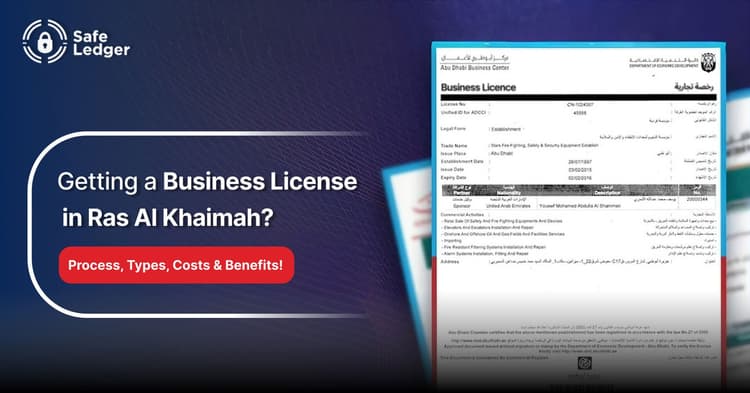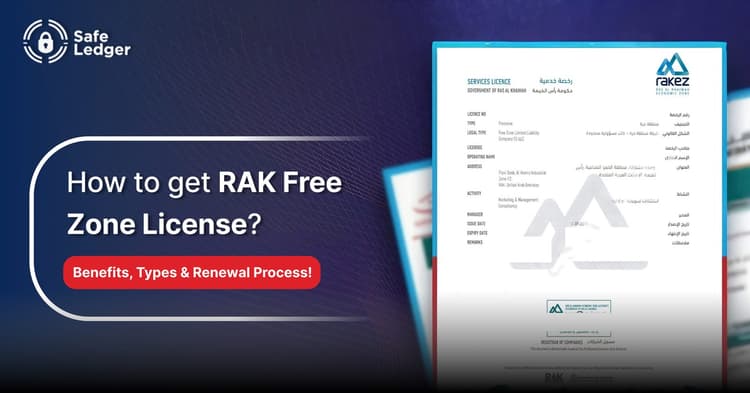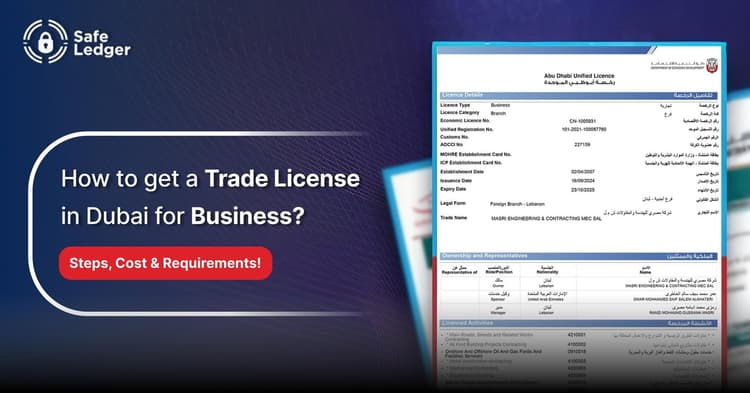The Audit process, while seemingly intricate, follows a clear and structured path.
Step 1: Audit Planning
This is the initial and crucial phase where the auditor determines the scope and objectives of the audit. They also assess potential risks associated with the business.
This step involves gathering comprehensive information about the company's operations and identifying key financial areas that require scrutiny. For internal audits, this phase specifically includes defining the scope, developing a detailed Audit plan, and conducting a thorough risk assessment.
Step 2: Fieldwork & Testing
Following the planning stage, auditors proceed to fieldwork. This involves rigorously testing the accuracy of the company's financial records and the effectiveness of its internal controls. During this phase, auditors may conduct interviews, inspect various documents, and perform walkthroughs of operational processes.
This ensures that the company adheres to the UAE Auditing standards and broader Audit guidelines.
Step 3: Documentation
Throughout the fieldwork phase, auditors meticulously collect substantial evidence to support their findings. This evidence includes reviewing contracts, financial statements, invoices, and any other relevant supporting documents. This comprehensive evidence collection is vital for auditors to validate that the company's financial information is accurate and free from any material misstatements.
Step 4: Audit Reporting
Once the fieldwork is complete, the auditors compile all their findings into a detailed report. This report outlines any discrepancies, inefficiencies, or issues discovered during the audit. Crucially, it also includes specific recommendations for improvement. Final decisions regarding financial statement disclosures are made at this point, and meetings are held with senior management to discuss the findings.
The audit report includes the auditor's professional opinion, which can be unqualified (clean), qualified, adverse, or a disclaimer of opinion, each reflecting a different level of assurance on the financial statements.
- An unqualified opinion means the statements are accurate and comply with standards.
- A qualified opinion signals minor issues.
- An adverse opinion indicates serious misstatements.
- A disclaimer of opinion means the auditor couldn’t complete the review due to insufficient information.
Step 5: Follow-up & Review
After the Audit report is issued, businesses must actively address any issues or recommendations outlined within it. For internal audits, a continuous improvement feedback loop is considered essential. This involves soliciting feedback from auditees and management to refine the Audit framework and procedures, enhancing the overall effectiveness of the internal Audit function.
Now that the Audit steps are clear, let’s look at tools to make the process even smoother.
Templates & Tools for Audit Planning
Preparing for an Audit can be significantly streamlined with the right tools. Utilizing templates can simplify the planning process, making it more manageable for businesses.
- Audit Checklists: Audit checklists help auditors cover all important areas during the audit. They act as a step-by-step guide to ensure nothing is missed.
- Risk Assessment Forms: These forms help identify and evaluate potential risks in the business. This allows auditors to focus on high-risk areas first.
- Audit Schedules: Audit schedules organize the timing and sequence of audit activities, helping the team stay on track and meet deadlines.
- Audit Software: Specialized software like CaseWare, AuditBoard, and IDEA is commonly used to automate audit tasks, improve accuracy, and save time.
















